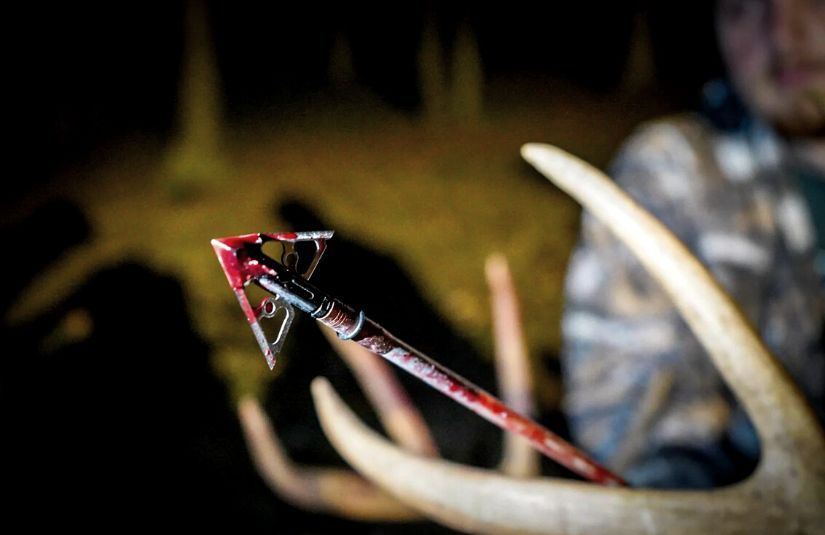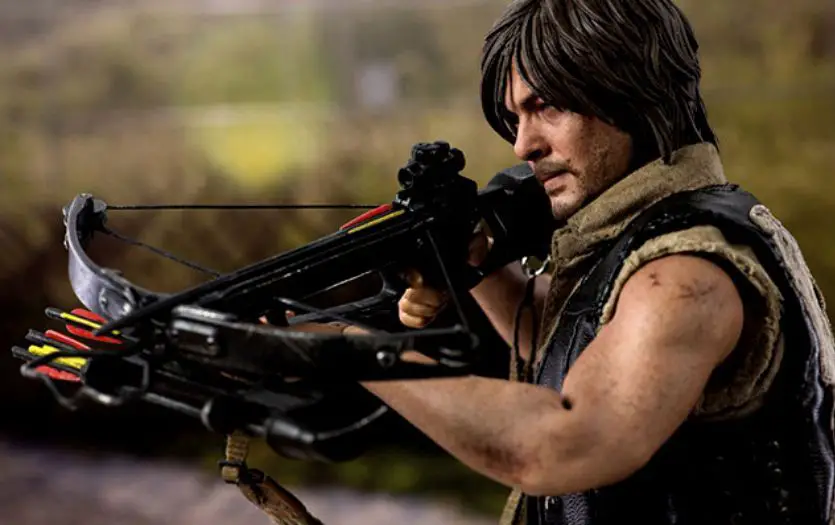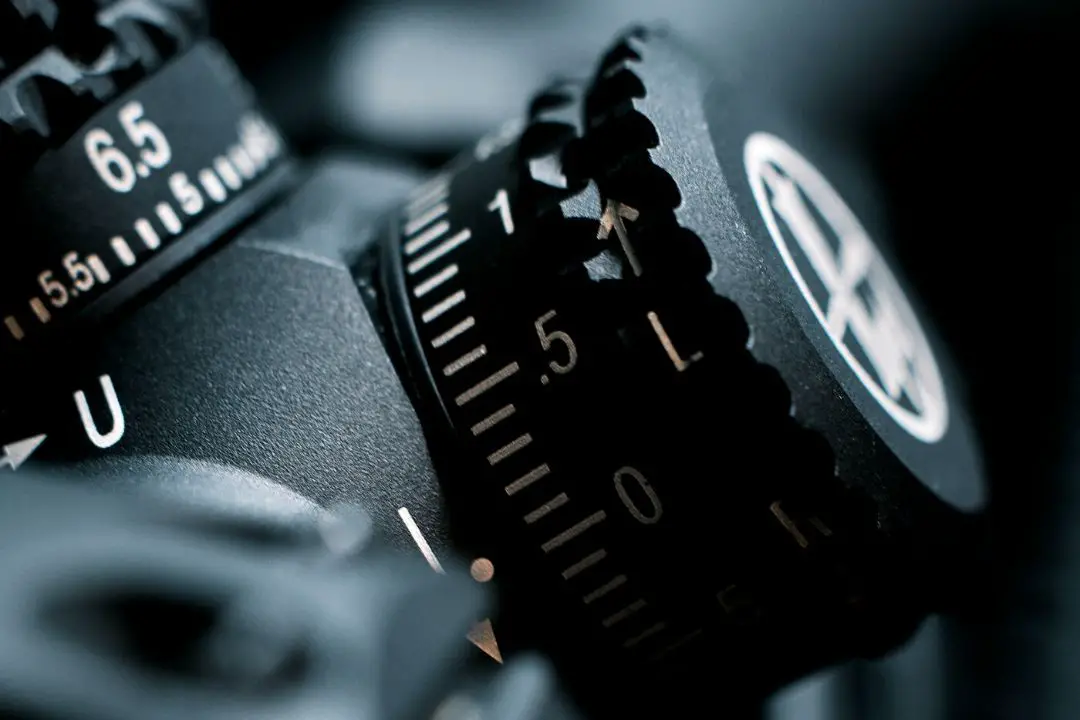Why Is It Critical to be Able to Judge Distances Correctly When You are Bowhunting? (A Quick Read)
Hunters can find themselves in trouble if they don't take the time to properly gauge the distance to their target. Here's a look at why it's so important to be able to accurately judge distances when you're bowhunting.
Many new bowhunters underestimate the importance of being able to correctly judge distances. After all, how hard can it be to shoot an animal that's just a few yards away?
However, even experienced hunters can find themselves in trouble if they don't take the time to properly gauge the distance between themselves and their target. Here's a look at why it's so important to be able to accurately judge distances when you're bowhunting.
Let's Look At The Basics
The trajectory of a shot arrow refers to the path the arrow takes after it has been fired from a bow. The trajectory of an arrow is affected by a number of structural, technical, physical, and environmental factors. The structural factors include the weight of the arrow, the draw weight of the bow, and the aerodynamic properties of the arrow.
The technical factors will be determined by the efficiency of the hunter as it includes the angle of release and release force of the bowstring. While the physical factors will include the force of gravity, and distance from the target and environmental factors will include humidity and speed and direction of the wind.
When a hunter takes aim, they must account for all these factors that will affect the trajectory of their arrow. The Earth's gravity will pull the arrow down, while air resistance will slow it down and cause it to drop. The amount of time the arrow spends in the air will also affect its trajectory.
This is why hunters must always be aware of the wind speed and direction, as well as the range of their target. By understanding the physics of arrow flight, hunters can greatly improve their chances of success.
Also, check out our article on the Best Mechanical Broadheads
Why Range is a Critical Factor?
As you know there are several factors that will determine the arrow flight, but the structural factors of a bow and arrow and the gravitational factors are constant and known to hunters. Now, if the weather doesn't change too much (excessive wind or snow or rainfall) the most important factor will be the range, because:
It will directly affect the trajectory of your arrow. The further away your target is, the more arc your arrow will have to make in order to reach it. This means that you'll need to adjust the sight on your bow accordingly in order to account for the different trajectories.
It can affect the amount of force that's required to take down your target. If you're too far away from your target, you run the risk of not having enough power behind your shot to take the animal down. On the other hand, if you're too close, you could end up injuring yourself or the animal with too much force.
It can affect your accuracy. If you're not sure of the distance, you may end up shooting too high or too low. This is especially true if you're shooting at a target that's moving; if you don't judge the distance correctly, you may end up missing altogether.
As you can see, there are a number of reasons why it's critical to be able to judge distances correctly when you're out bow hunting. By taking the time to properly gauge the distance to your target, you can ensure that your shot is on target and that you have the best chance of taking down your quarry.
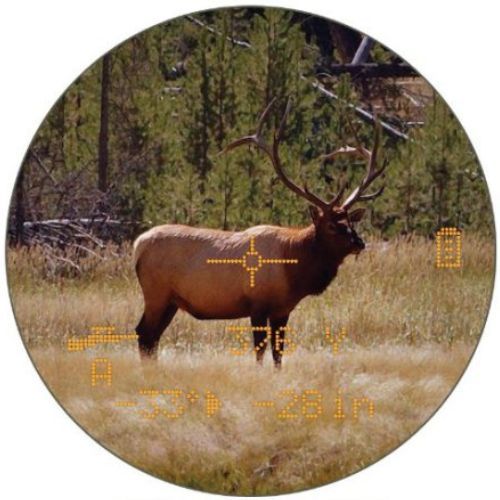
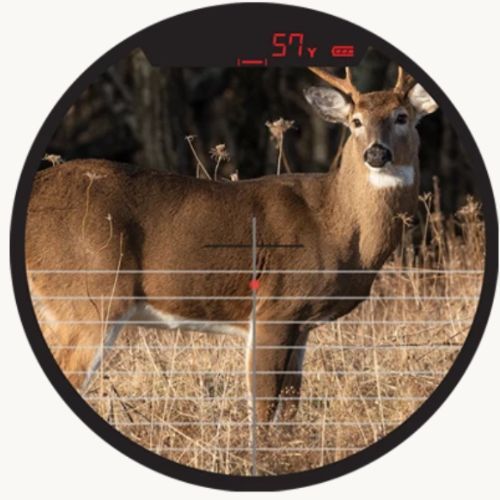
How to Judge Distances
There are a few different ways that you can judge distances when you are bowhunting. You can judge distances by using landmarks. If you can find a landmark at a known distance, near your target, you can use that to estimate the distance. You can also use the size of the animal to judge distances. If an animal is small in stature, then it is likely closer than if it were larger.
But the best way is to use a hunting rangefinder. A rangefinder will give you an accurate measurement of the distance between you and your target. Some premium spotting scopes (also crossbow or rifle scopes) come with a built-in rangefinder to help you judge the distance properly.
Check this short video to know more about using a rangefinder for hunting:
Also, check out our article on Ice Fishing Fish Finders
Final Words
As you can see, there are a number of reasons why being able to accurately judge distances is so important when you're bowhunting. Your hunting success depends on it!
And if you are looking for the best hunting rangefinder, you need to see our top picks! We've carefully selected only the best rangefinders on the market, so you can be sure you're getting the best product for your money.
From budget-friendly options to high-end models, we've got you covered. So what are you waiting for? Tap the button now and find the perfect rangefinder for your next hunting trip!

Some other hunting optics that will help you to estimate the distance to your prey:
Also, check out some of our other quick reads:
